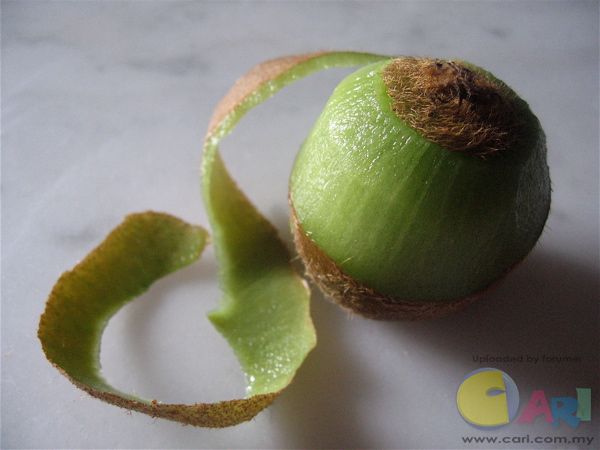|
Put down your produce pxxlxr, and eat the skins of your organic fruits and vegetables. Although you might be tempted to toss them in the trash, those peels boast an abundance of nutrients. In fact, in many cases, the skins are more nutritious than the insides, according to True Lemon. Add these peels to your meals:  Citrus Peels: The rinds contain higher levels of fiber and vitamin C than the flesh, according to Nutrition and You. They're also rich with anti-inflammatory and anti-cancer properties. Additionally, limonene, a compound extracted from citrus peels, is a natural detoxifier. Zest the rinds on top of Greek yogurt or pasta dishes.  Kiwi Peels: These hairy peels are high in vitamin E. They also have three times the immune-strengthening antioxidants than their green insides. If the texture of the skins tickles your throat, blend them into smoothies.  Potato Peels: One potato skin contains approximately 50 percent of the daily-recommended value of iron, zinc, vitamin C, fiber and potassium. Serve up hollowed-out potato skins stuffed with broccoli florets, Parmesan cheese and chives.  Apple Peels: According to the Journal of Agricultural and Food Chemistry, the total amount of cancer-preventing flavonoids and phenolic compounds in apple skins is higher than those in the flesh. Try skin-on apple slices with white cheddar cheese for a healthy snack.  Cucumber Peels: Silica, found naturally in cucumber skins, is essential for joint and skin health, according to The Nature Heals blog. Add cucumber peels to salads and sandwiches, or blend them into raw soups. Remember: Although buying 100 percent organic fruits and vegetables will ensure you aren't ingesting pesticides, it doesn't mean the skins are free of contaminants. According to Tufts University, organic produce can carry organic fertilizer residue, dirt and bacteria. Wash your produce in water, and rub the skins with your hands or a vegetable brush before taking a bite. Source
|
ADVERTISEMENT